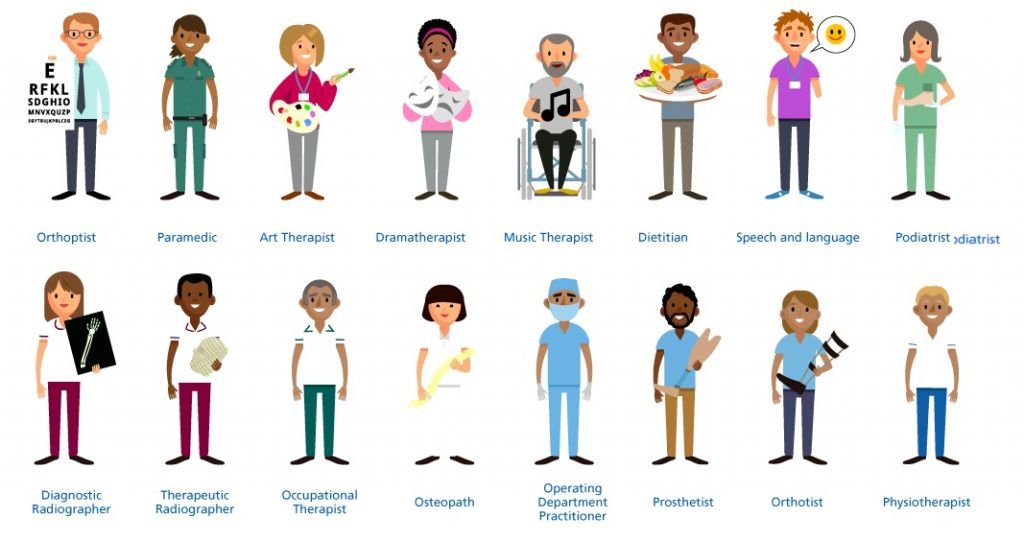What is Long COVID?
Long term effects of Coronavirus leading into 2021
More and more commonly we are seeing people suffering from COVID symptoms weeks and even months after testing positive for Coronavirus. This can be referred to as post-COVID-19 syndrome, or sometimes called "long COVID".
What actually is "Long COVID"?
Long COVID is a term used to describe the effects caused by contracting COVID-19 which persist weeks and months after the initial diagnosis. A general rule with determining if you have Long COVID is experiencing several symptoms for more than 12 weeks after the initial positive result.
As "Long COVID" is still a fresh and new term, there are more and more details of how many people are affected and research still emerging. Some new research suggests that around one in five people who have tested positive for COVID-19 have had symptoms for five weeks or longer. in addition, around one in ten people have had symptoms lasting 12 weeks or longer.
In the initial phase of the illness (first week), severe COVID-19 can cause pneumonia and respiratory failure, which can result in permanent damage and scarring to the lungs. This can then lead to Long COVID as the body has changed and scared from the initial stages of COVID-19. But as COVID-19 isn't only a lung illness: it can cause other life-changing complications. In particular, because it can increase the risk of blood clots, it can lead to deep vein thrombosis, heart attacks and stroke. Less commonly, it can cause heart muscle inflammation and heart rhythm disturbances, such as atrial fibrillation.
Some symptoms of long COVID include:
- Shortness of breath,
- Fatigue,
- Depression and anxiety,
- Chest pain or tightness,
- Extreme tiredness,
- Joint pain,
- Problems with memory and concentration,
- Difficulty sleeping,
- Heart palpitations,
- Dizziness,
- Pins and needles,
- Tinnitus, earaches,
- Feeling sick,
- Diarrhoea,
- Stomach aches,
- Loss of appetite,
- High temperature,
- Cough,
- Headaches,
- Sore throat,
- Changes to sense of smell or taste,
- Rashes,
Can Long COVID be spread?
Long COVID is not contagious as the symptoms are caused by your body responding to the virus and the effects in which the virus had on your body, and therefore it is not contagious.
Top tips to manage Long COVID symptoms:
- Pace yourself - plan out what you are going to do, and slowly build up, for example, walk a mile and if you can manage that with no pain (or only a little pain) then maybe move up to 1.5 / 2 miles etc...
- Try to break tasks which feel difficult down into smaller chunks, like if you need to hoover, break it down to one room at a time and have a rest in between each room.
- Consider the best time of the day to do certain activities based on your energy levels. (e.g. late morning after you have had your breakfast and let the meal settle)
- Frequent short rests are better than a few longer ones, so rest before you become exhausted. (power napping can be beneficial, 10-30 minutes of good rest)
- Don’t stop doing things that make you feel breathless. If you stop using your muscles, they’ll get weaker, which can make you more breathless when you try to use them. So try and find that happy medium (sweet spot) between staying active but not over doing it.
- If you use a walking stick or a frame, lean forward on it when you feel breathless. This helps to off load some weight and can help your body rest.
Stay on top of your Mental Health
Your mental health is equally if not more important than your physical health and state.
Here are some tips to help boost you mental state of mind:
- Be kind to yourself during your recovery – be prepared that some days will be worse than others,
- Connecting with other people can help you feel happier – make sure to reach out to family and friends,
- Having a daily routine can be good for your mood and sense of stability,
- Stay active – continuing to move will help release endorphins and improve your mood,
The conclude:
Like chronic fatigue, each and every person will experience long COVID differently and the "1 size fits all" really doesn't apply to this either. The symptoms will be worse one person to the next and your ability to do active exercise subsequently will be very different. Long COVID will last longer for some people and shorter for others and the intensity will subsequently fluctuate.
If you remember one thing from this blog, it should be "Don't over do it", make sure you pace yourself but still stay active so your muscles keep moving and maintain their strength.
References:
[1] https://www.nhs.uk/conditions/coronavirus-covid-19/long-term-effects-of-coronavirus-long-covid/
[2] https://www.bhf.org.uk/informationsupport/heart-matters-magazine/news/coronavirus-and-your-health/long-covid



